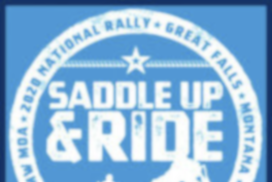BMW uses 3 phase electricity generators called alternators on all models since 1969, & some before that date. Why 3 phases? 3 Phase is more efficient at converting rotational energy to electricity. 3 phases enables the same or much more output in a smaller, lighter package, even less steel laminations are needed, & possibly more charging at lower rpm & possibly less horsepower drain on the engine. 3 phase is usually better for vehicles with radios & other electronics, as the system is, in effect, using an A.C. generator at higher frequencies than single phase. That means that with the battery acting like a monstrously large capacitor (which it DOES), alternator whine noise & other problems is MUCH reduced in a 3 phase system, compared to single phase. There are various other advantages that 3 phase offers. The 3 phase rotor MAY have less inertia, thus better vehicle acceleration, assuming diameter is kept small & overall inertia similarly, thus there may be a lowering of torsional stresses on the shaft & components. That last item can be critical on some engines where the rotor is affixed to the crankshaft & can be considered an extension of the crankshaft.
A 3 phase alternator is more compact & efficient … up to 1.73 times electrically more efficient.
At the link here, scan down the article, are sketches of the waveforms & some additional detailed information on single and three phase systems. http://bmwmotorcycletech.info/boxerelectrics.htm. The sketches will help you understand 3-phase.
Ø is the symbol universally accepted in electrical circuits for ‘phase’. A 3Ø system has few drawbacks. One is that the diodes circuitry used for rectification is more complex & there are more diodes; another is complexity & more labor in manufacturing.


